By Allan T. Duffin
A hard-hitting novel that inspired a classic war film, 12 O’Clock High was a very personal project for co-authors Beirne Lay, Jr., and Sy Bartlett. Drawing from their own experiences as Eighth Air Force officers during World War II, Lay and Bartlett crafted a heady mix of combat heroics and interpersonal drama based primarily on the exploits of the 306th Bombardment Group, one of the first American units sent to England to battle for air supremacy in the European theater. The resulting novel and film boasted an authentic grittiness that only true life could inspire.
Ironically, the project almost didn’t get off the ground. At the end of the war, Bartlett tried to convince his friend Lay that a novel would serve as a powerful historical record and an equally good motion picture. Lay, a writer and pilot who had served as a bomb group commander, wouldn’t agree to such an emotional project so soon after the last shot of World War II had been fired. “The time just isn’t right,” Lay told his friend. “People are tired of war films.” But the enthusiastic Bartlett finally coaxed Lay into agreeing, and the two men got to work.
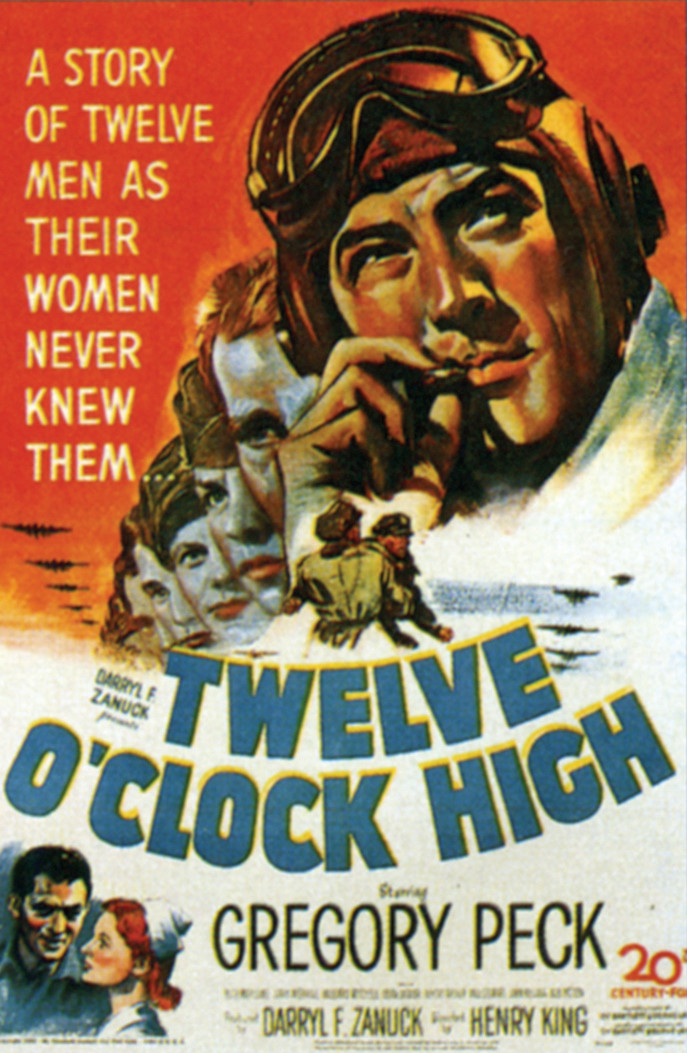
At the time, Lay was sharing a small apartment with relatives in Los Angeles. Unable to work in such cramped quarters, he turned the basement of the building into a makeshift office. “Once I had seated myself at the orange crate which served as a desk for my portable [typewriter], illuminated by a naked ceiling bulb and a small cellar window on one wall, I was on my own. There was nothing else to do but write.” For the next 15 months, Lay and Bartlett crafted a tale of a bomb group commander, Brig. Gen. Frank Savage, whose hard-charging leadership boosts his unit’s combat performance but ultimately overwhelms him psychologically. Bartlett had returned to his prewar civilian career as a writer-producer at Twentieth Century Fox studios, and he would get together with Lay in the evenings. Credit for the book’s title went to actress Ellen Drew, who was married to Bartlett at the time. According to Lay, “She overheard us discussing German fighter tactics, which usually involved head-on attacks from ‘twelve o’clock high.’ ‘There’s your title!’ she cried.” Harper Brothers publishers rolled out the first hardcover edition of 12 O’Clock High in the spring of 1948.
“The Reich Wreckers”
The real-life inspiration for 12 O’Clock High, the 306th Bombardment Group, served in combat from October 1942 until April 1945. Nicknamed “The Reich Wreckers,” the unit was based in the village of Thurleigh, 30 miles west of Cambridge, England. During its early forays against enemy targets, the 306th suffered heavy casualties. “We were averaging 10 percent losses” on each mission, noted Bill Lanford, one of the pilots. “Not a happy thought for those that hoped to complete a 25-raid combat tour.” In seven months, the 306th lost 20 of its original 35 crews in addition to several replacement crews. Bomber Command held the group commander, Colonel Charles “Chip” Overacker, responsible for his unit’s weak results. Part of the problem was Overacker’s growing commitment to his troops. A social man who cherished close relationships, Overacker was more a father figure than a hard-nosed combat leader. At VIII Bomber Command headquarters, Brig. Gen. Ira Eaker grew more and more concerned with the 306th’s performance. In January 1943, Eaker replaced Overacker with someone he hoped would overhaul the 306th Bombardment Group—Colonel Frank Armstrong.

In 12 O’Clock High, Lay and Bartlett modeled much of their central character of Brig. Gen. Frank Savage on Armstrong, an expert at bombing operations who had joined the fledgling Army Air Corps in 1928 and led the first American heavy bombing mission into occupied Europe during World War II. According to Donald Bevan, a B-17 waist gunner in the 306th Bomb Group, “Armstrong was a strong, leading-man type, with Hollywood flair of dress.” He privately considered the 306th “a sharp outfit with an excellent record,” and he soon brought the unit out of the doldrums. “Frank Armstrong was the kind of tough leader that was needed to turn the situation around,” remembered John Lambert, a pilot with the 306th, “and that is exactly what happened as a natural consequence of his taking command in January of 1943. I do not remember any one thing that he did to get these results. He was just a good combat commander who inspired confidence and, to a man, the group quickly shaped up under his leadership.”
A key plot point in 12 O’Clock High is Savage’s mental “crack-up.” Emotionally overwhelmed, unable to deal effectively with the repeated losses of men to the enemy, Savage collapses under the strain. During World War II, in addition to creating a daylight bombing strategy from scratch, the Eighth Air Force had to map its way through uncharted psychological territory. How would aircrews react to combat, and what was the best way to deal with it? Problems ranged from physical exhaustion to mental breakdowns like the one Savage experiences in 12 O’Clock High. “When a flyer was undone by missions,” recalled Harry Crosby of the 100th Bomb Group, “when he saw too many planes blow up in front of him, when his tail gunner was cut in two on a mission, when too many of his friends were killed, he sometimes quit. We did not call them ‘cowards,’ we called them ‘combat failures.’”
Military personnel familiar with 12 O’Clock High were aware that the character of Savage was based on Armstrong, but not everyone knew that the Savage’s psychological breakdown was fictional. “At least a hundred times people who did not serve with us in England asked how long it took me to recover from the breakdown,” said Armstrong, slightly miffed. “Those who were there have never ceased to jokingly tell me, ‘It’s too bad you never quite got over your mental problem!’”

While completing their novel, Lay and Bartlett pitched 12 O’Clock High to film studios, and in 1948, Hollywood gambled on a movie adaptation. Darryl F. Zanuck, studio chief at Twentieth Century Fox, bought the war story for $100,000, a rather large sum at the time. To recreate a World War II airbase for the film, Fox needed the help of the U.S. Air Force. That September, on the same day that he received Bartlett and Lay’s draft script for the film, Zanuck leapfrogged the entire military chain of command and wrote directly to General Hoyt S. Vandenberg, the Air Force Chief of Staff. In an enthusiastic and name-dropping letter, Zanuck gently prodded Vandenberg for help: “I do not know whether or not I am a fool to attempt this project at this time. It will call for an investment of approximately $2,000,000 at a time when the national box office has slumped and when most producers are looking for the so-called sure-fire box office entertainment.”
Zanuck played his cards just right. Vandenberg replied that the Air Force was definitely interested and would assist the studio. A technical advisor, Colonel John DeRussy, was assigned to the project. He had served as operations officer for General Curtis LeMay’s 305th Bombardment Group in Chelveston, England, during the war. DeRussy was teaching at the Air Command and Staff school at Maxwell Air Force Base in Montgomery, Ala., when he received his temporary duty orders for a 90-day assignment on 12 O’Clock High. For the film’s flying sequences, the Air Force lent the studio 12 B-17 Flying Fortresses and their crews. Some of the aircraft had served as drones and drone controllers, others had flown in the 1946 atomic bomb testing program known as Operation Crossroads. Still radioactive, they could be flown only for short periods of time.
At Fox studios, Zanuck assigned Henry King, an expert at period pieces, to direct 12 O’Clock High. Bartlett and Lay revised their script, focusing their story on the difficulties inherent in combat leadership and gradually building up to Savage’s psychological breakdown. Meanwhile, King hopped in his private Beechcraft to scout locations for the film. A do-it-yourself individual, King noted that he flew “nearly 16,000 miles scouting locations in my usual way, taking my own plane and doing the job personally.” With the assistance of technical advisor DeRussy, King hopscotched a number of military installations until he found the right one: Eglin Air Force Base, a sprawling facility of more than 500,000 acres situated 30 miles east of Pensacola, Fla. Eglin was the proving ground for Air Force and Navy aviation programs and had 10 satellite airfields. King found the terrain he wanted at Auxiliary Field Number 3, better known as Duke Field, which stood almost 20 miles north of the main base. Duke Field would appear as 12 O’Clock High’s aerodrome in the fictional English town of Archbury. The studio constructed 15 buildings and packed the set with period aircraft, equipment, and vehicles.

One additional location was required for the film. In March 1949, King and DeRussy checked out Ozark Army Air Field, a quiet, weed-infested airstrip near Maxwell AFB in Alabama. King figured that he could use the field for some B-17 aerial shots, but more specifically for the opening and closing scenes of 12 O’Clock High, when leading character Harvey Stovall visits his old English airbase, now overgrown and fallen into disuse. At Ozark Field, King noted, “weeds had grown as high as a man’s shoulders in some places, and the adjacent scenery was perfect as an English countryside.” After filming those scenes, the crew would hire mowing machines from local farmers to trim the grass for B-17 takeoff and landing scenes, as well as a nail-biting belly-landing sequence. To maintain an authentic period look, scenes with airborne aircraft were shot at Ozark because British airfields during World War II had dark-colored runways to camouflage them from enemy eyes.
Capturing the Spirit of the U.S. Air Force on the Silver Screen
With filming locations ready to go, Twentieth Century Fox chartered cargo planes to haul the production crew and its equipment from Hollywood to Florida. The cast and crew shuttled between the two bases during the six-week shooting period. Seventy-two members of the production flew on a DC-4 Skymaster from one spot to the other in a short 22 minutes. By car the trip would have taken five hours. Meanwhile, DeRussy secured one million dollars’ worth of 1942-era Army Air Force uniforms and gear to use on set. Cocooned in heavy flight clothing, the actors battled the hot, humid Florida environment each day. DeRussy came away with a new appreciation of the Hollywood film machine. “I understood why film actors get paid so much,” he said. “They work hard!” DeRussy recalled that the production crew worked “fantastic hours” on sets that cost $65,000 per day to operate. King typically allowed the actors one dry-run rehearsal, and then tried to film each scene in one take. Shooting began daily at 8 am and lasted into the evening. “Dailies”—sequences of recently-shot raw footage—were reviewed until 8 or 9 pm.
Twentieth Century Fox contract player Robert Arthur played Savage’s clerk and driver, Sergeant McIllhenny, in the film. “It was a large cast,” recalled Arthur, “and we had been given hundreds of ‘dog faces’ for background atmosphere.” Eglin Air Force Base was a huge facility with a large workforce, and Twentieth Century Fox was able to use active-duty Air Force personnel as background extras in many scenes. Fresh from basic training, James Storie was at Eglin awaiting his first active-duty assignment when he volunteered for temporary duty with 12 O’Clock High. “I was an Airman 3rd Class with spare time on my hands. They asked me if I would be interested in helping out in a movie that was being filmed at Field Number 3. I had no idea at that time what kind of movie it was.”

Storie reported to the set five days a week for about three weeks, arriving between seven and eight o’clock each morning. “We then lined up at a building and filed through. There was a counter where some person would judge by sight what size clothes we wore. He put our clothes for that day on the counter and told us to don them.” After getting dressed, the airmen were led to a holding area until they were called to the set. As for the rank each background player wore, “it was random selection,” remembered Storie. “You might be a captain that day, or a private, or anywhere in between.” As shooting progressed, Storie came to appreciate the Hollywood actors’ laser-like focus on their craft. Gregory Peck, playing Savage, always knew his lines and rarely needed to complete more than two takes of each scene. The eager extras, on the other hand, weren’t as well trained. In the critical scene where Savage makes his fiery introductory speech after taking command of the 918th Bombardment Group, hundreds of airmen playing Savage’s crews were crammed into a Quonset hut at Eglin AFB. It took 13 takes to get the scene right. Recalled Storie: “We were dressed in big coats and were given packs of cigarettes to smoke up the room. By the time we finished we were sweating and coughing pretty badly!”
Although the production of 12 O’Clock High went smoothly, not everything went as planned. Paul Wurtzel, a member of the production staff, remembered an incident in which the filming of the B-17 flying sequences almost caused a tragedy. “They had one shot with a B-17 taking off,” said Wurtzel. “They had the camera out in the middle of the runway, and the plane never got up high enough to clear the camera. One of the wheels was retracting. It hit the top of the camera. There were a couple of cameramen out there that shouldn’t have been. They should have just turned it on and run away, you know.” But they didn’t. “The cameramen waited, and the wheel hit a box of filters that was sitting there, and a lot of red filters went up in the air. And they thought this guy got killed. I remember his name as Red Crawford, the camera assistant. After it was over, they went into the NCO Club for a drink or something, and he just fell flat on his face, passed out in a faint. He didn’t react ‘til a few hours later. He didn’t know what had happened to him!”
After initially refusing to provide an operational B-17 for the belly-landing scene, the Air Force relented and instructed DeRussy to select one of the aircraft already loaned to the production. Filming of the dangerous belly-landing sequence took place at Ozark Field. It could only be done once—if the scene was unsuccessful, it was doubtful that the Air Force would provide another aircraft for the studio to destroy. Although the Air Force allowed its pilots to fly the B-17s in formation scenes, it refused to lend any of its crews for the stunt crash. DeRussy, who had personally led some of the formation flying, was eager to belly-land a B-17 himself, but as an active-duty Air Force officer he was prohibited from doing so. Stunt pilot Paul Mantz, who had been hired to film the flying sequences from his camera-equipped B-25, volunteered but requested a weighty paycheck for the job. When an annoyed King offered to perform the stunt himself, Mantz conceded and settled on a price of $2,500.

King set up four cameras to record the shot. According to author Bruce Orriss, Mantz’ mechanic loaded the aircraft with minimal fuel and welded a rod across the power switches so that Mantz could cut them as soon as he hit the ground. The scene called for Mantz to barrel the huge ship between two tents and knock down the poles that were holding them up. Behind the controls of the B-17 Eager Beaver, Mantz flew at 110 miles per hour and carefully dropped the 38,000-pound aircraft, wheels-up, on the grass at Ozark Field. It slid almost 1,200 feet on its belly and gradually ground to a halt. The nail-biting stunt would become one of the most memorable scenes in 12 O’Clock High.
Director King and his company of 150 people completed the four-week location shoot in June 1949, then returned to the Fox studios in Hollywood, where craftsmen had built the interior sets for 12 O’Clock High. These included barracks and offices, as well as the ornate rooms of Wycombe Abbey, the headquarters of Bomber Command. Five more weeks of studio time involved process-shooting in a B-17 mock-up, an abbreviated fuselage modified for camera access. Actors delivered their lines from the mock-up while film of real B-17s in formation was projected behind them to simulate flight. Production wrapped on July 1, 1949, and the finished product premiered in December of that year.
More than half a century since its creation, 12 O’Clock High remains a popular and highly respected war film, enjoyed by movie buffs and military personnel alike. 12 O’Clock High has also been used by civilian and government organizations as a leadership training aid. From 1964 to 1967, the ABC network aired a television series based on the film. For actor Robert Arthur, the quality of the project was evident early on. “I think 12 O’Clock High has withstood the test of time because it is a very fine example of filmmaking,” Arthur said. “The entire cast and crew was devoted to making a fine example of the spirit of the U.S. Air Force. There wasn’t a moment that we weren’t determined to make a great movie.”
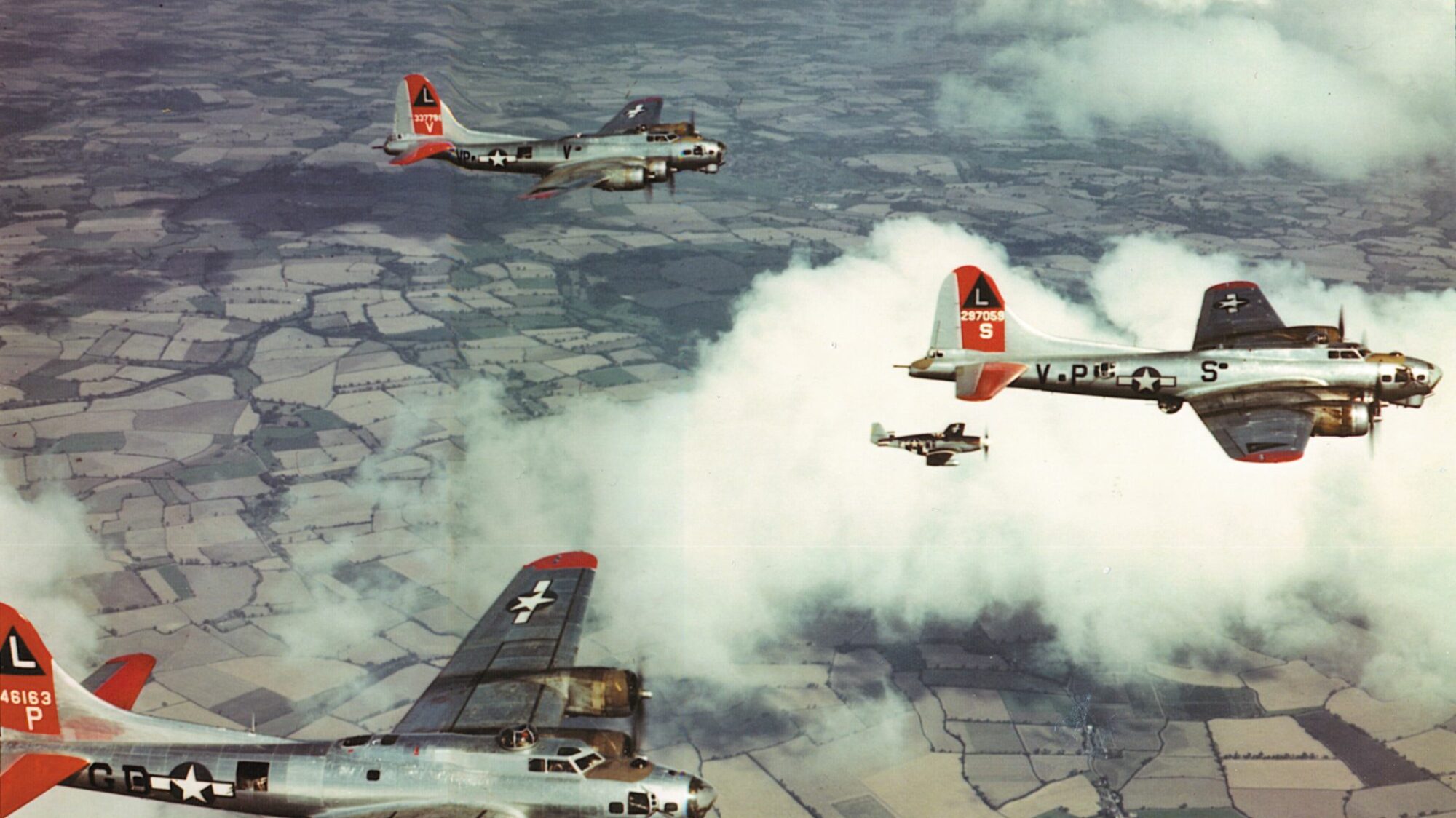
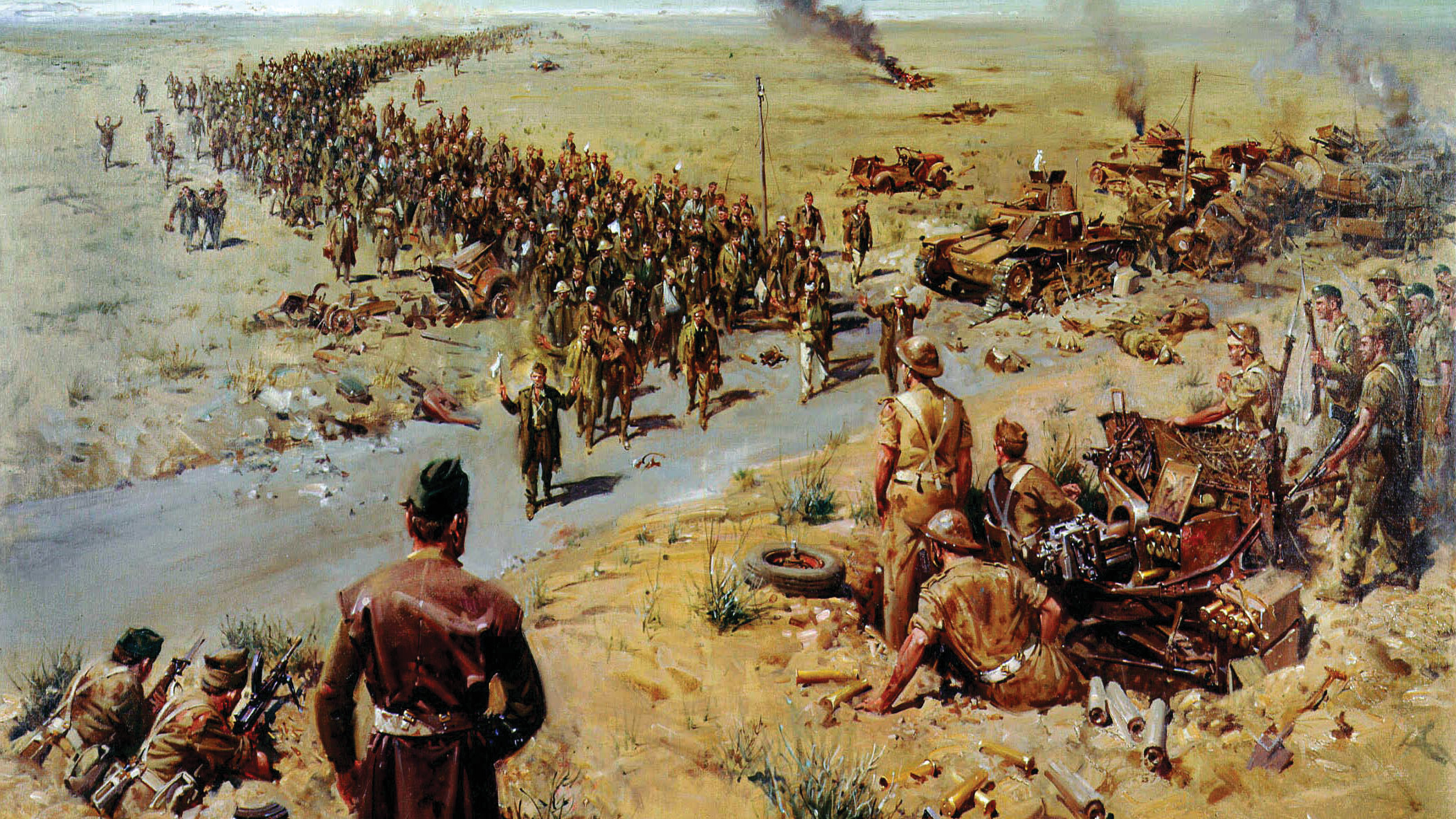
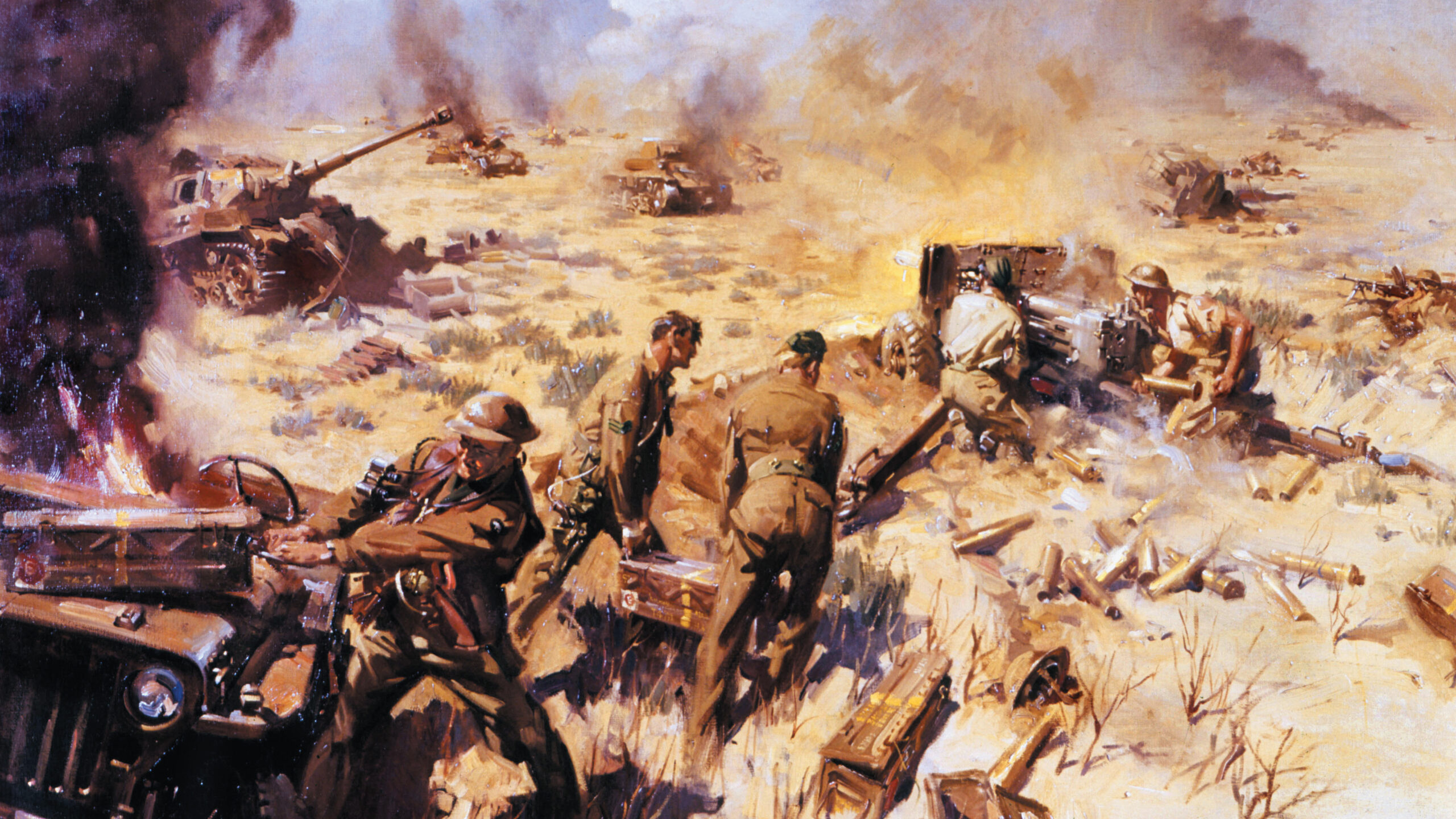
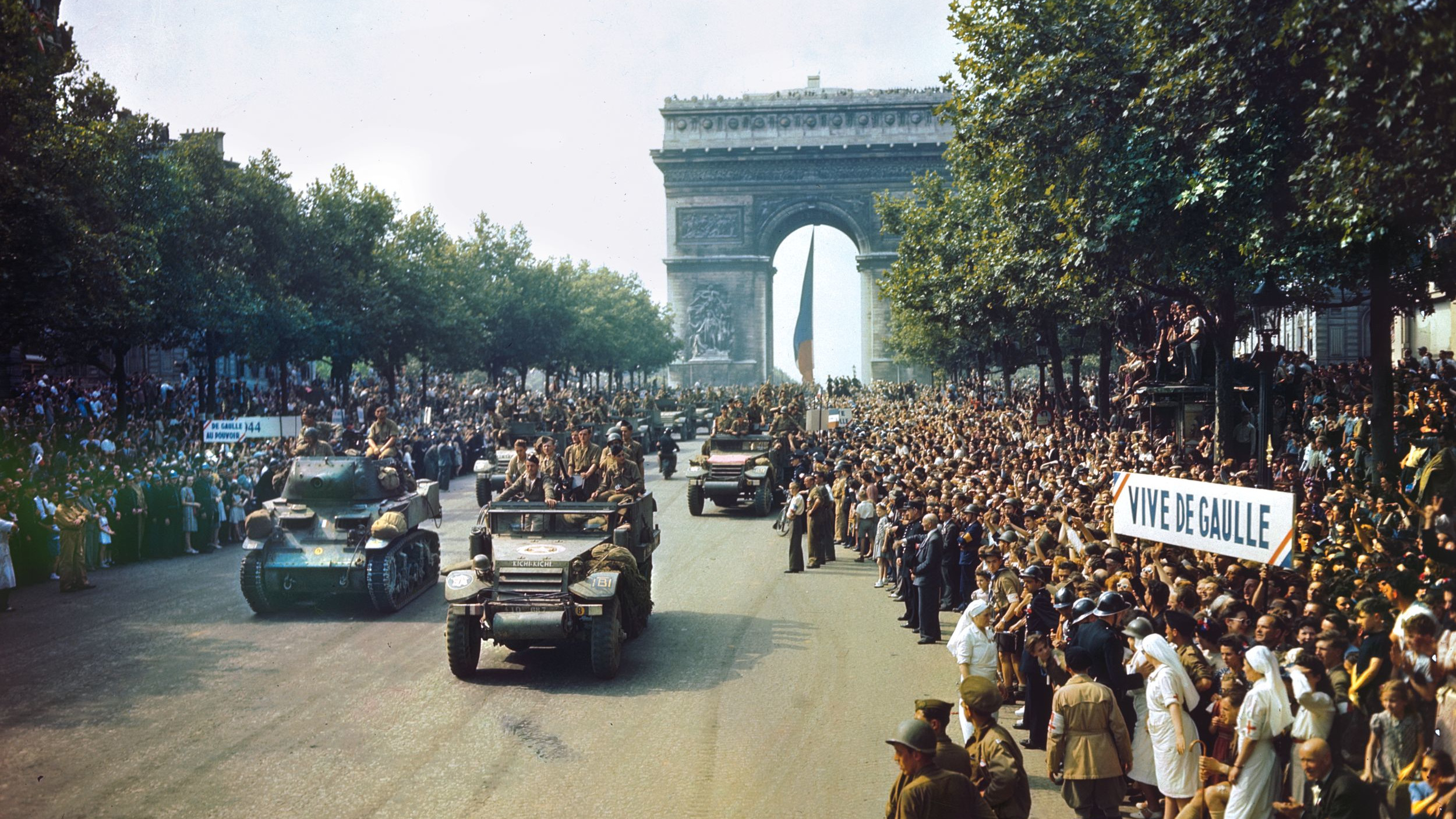
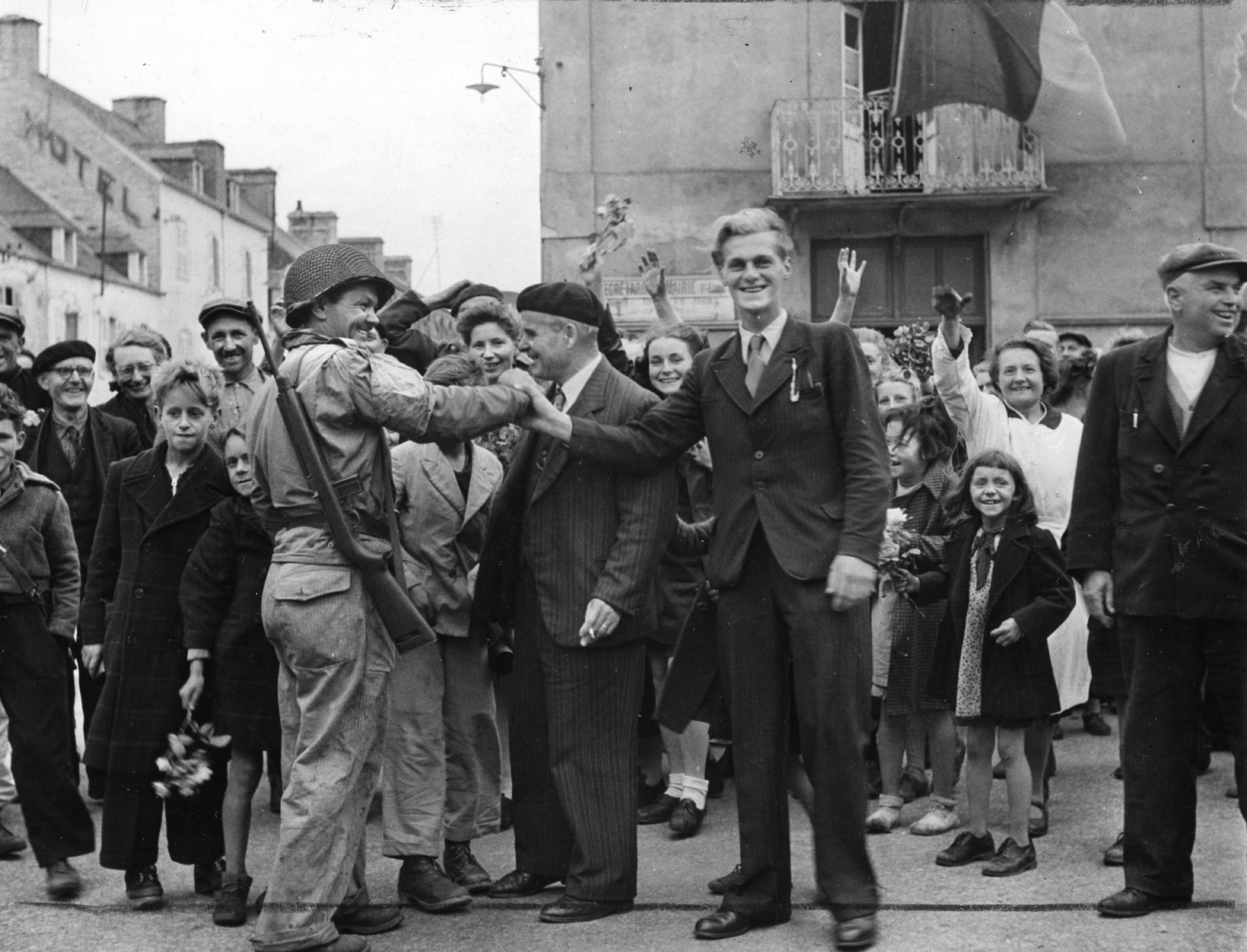
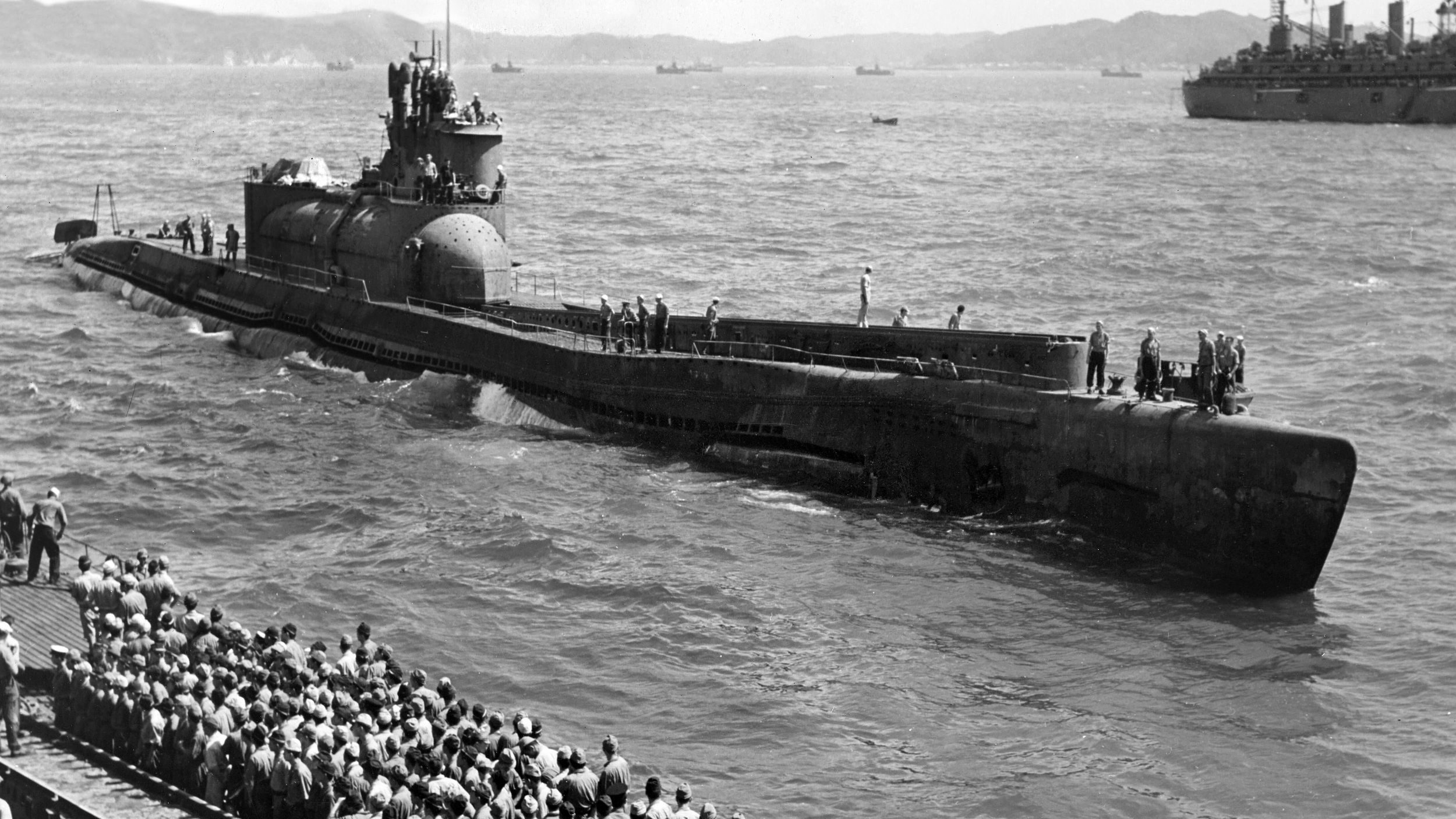
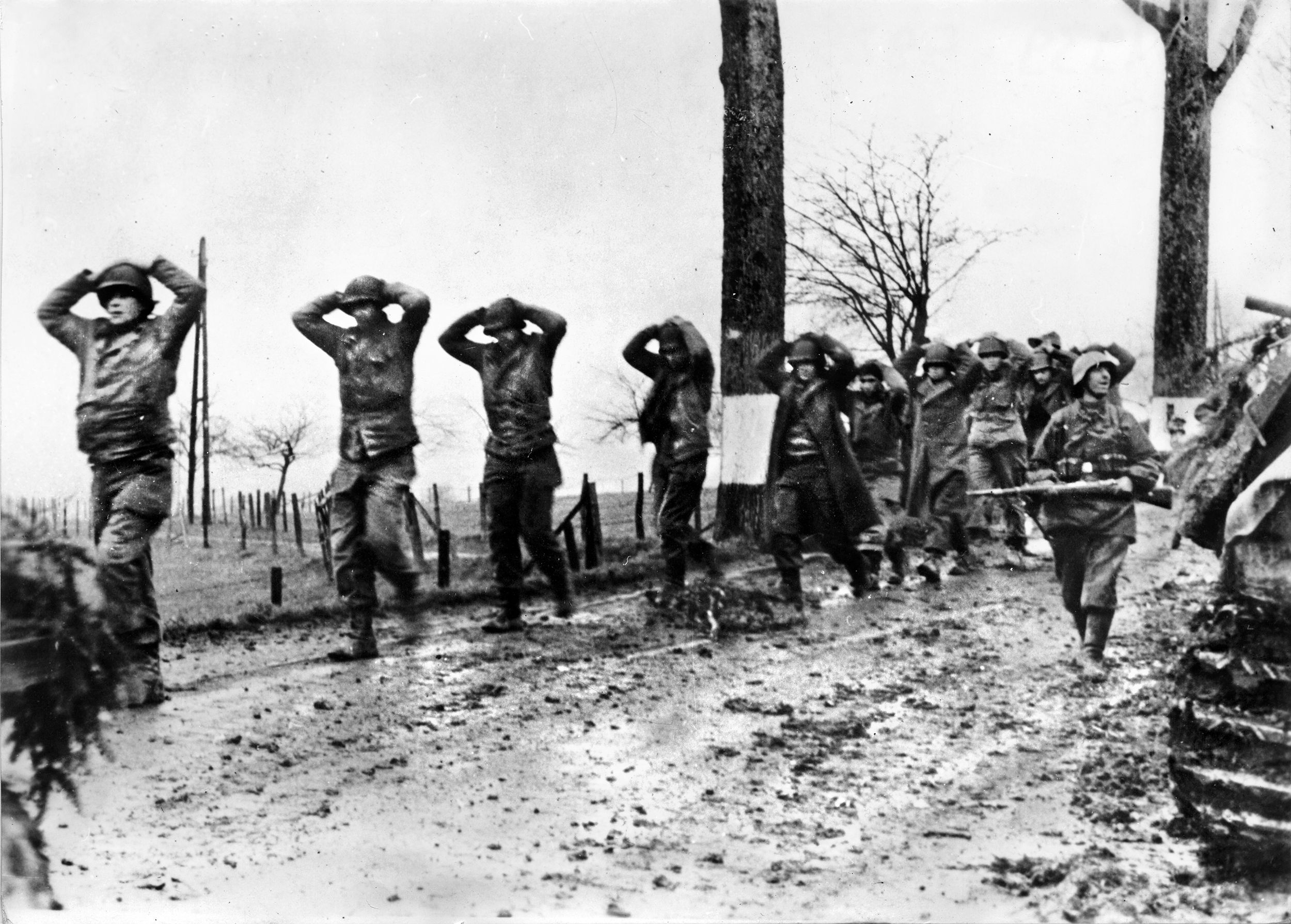
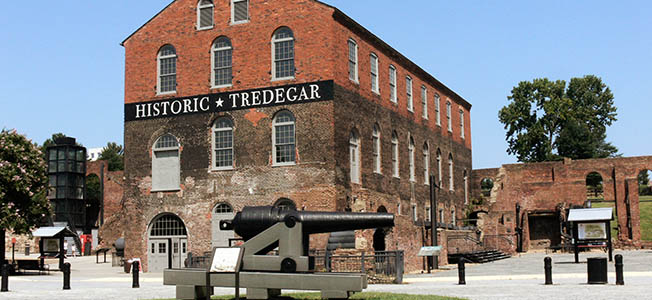
Remember seeing this movie as part of the instruction during Squadron Officers’ School, almost forty years ago.
I remember seeing 12 O’Clock High several times as I grew up. My father was in the Army Air Corp before it became the U.S. Air Force in 1947. The interaction of command and those that flew those missions over germany impressed me, as one who romanized war, with the feelings that the war and those who fought was anything but romantic! Most people don’t realize that everytime a B-17 went down 10-11 airman died if they were unable to get out of the falling bomber. The Bomber Command suffered the greatest percentage of KIA’s in WWII a crossed all the services! We owe a debt to those airman that never came home more than we can give.
Harold R. Walker, Lt Col, USAF Ret.